Historic street renewal campaign
Communication in the spirit of public service
Situation
Situation
Situation
The reconstruction of an important traffic route in the city is probably going to cause some conflicts: the already crowded historic street would be closed for almost a year, and there will be some major changes in the traffic system. The renewal is based on the principles of sustainable transportation, more cycling lanes, pedestrian areas, less parking spots, and less routes available for cars. These changes are not easily accepted by car owners, who probably do not understand why these changes are necessary in the first place. We needed to create a campaign for the project, to make the intentions clear, to provide information for the community, and to make the transition smoother for the users of the area.
The conflicts of the situation, and all the misbeliefs regarding mobility management and transportation could result in defensive communication, despite the long and thorough planning process of the reconstruction. That is exactly what we wanted to avoid. We planned the campaign to lead the discussion about the project: we prepared a great amount of well-presented information that prevented many misbeliefs. We also managed to focus on the relevant topics, which is the key to make the renewal widely accepted by the citizens.
The construction project was very well-prepared; we had plenty of materials to work with, written by the transportation engineers and architects of the project.
Our campaign plan consisted of a strong online presence based on the 3D visual content, and lots of detailed information. We also planned targeted offline communication tools to reach all affected citizens.
Situation
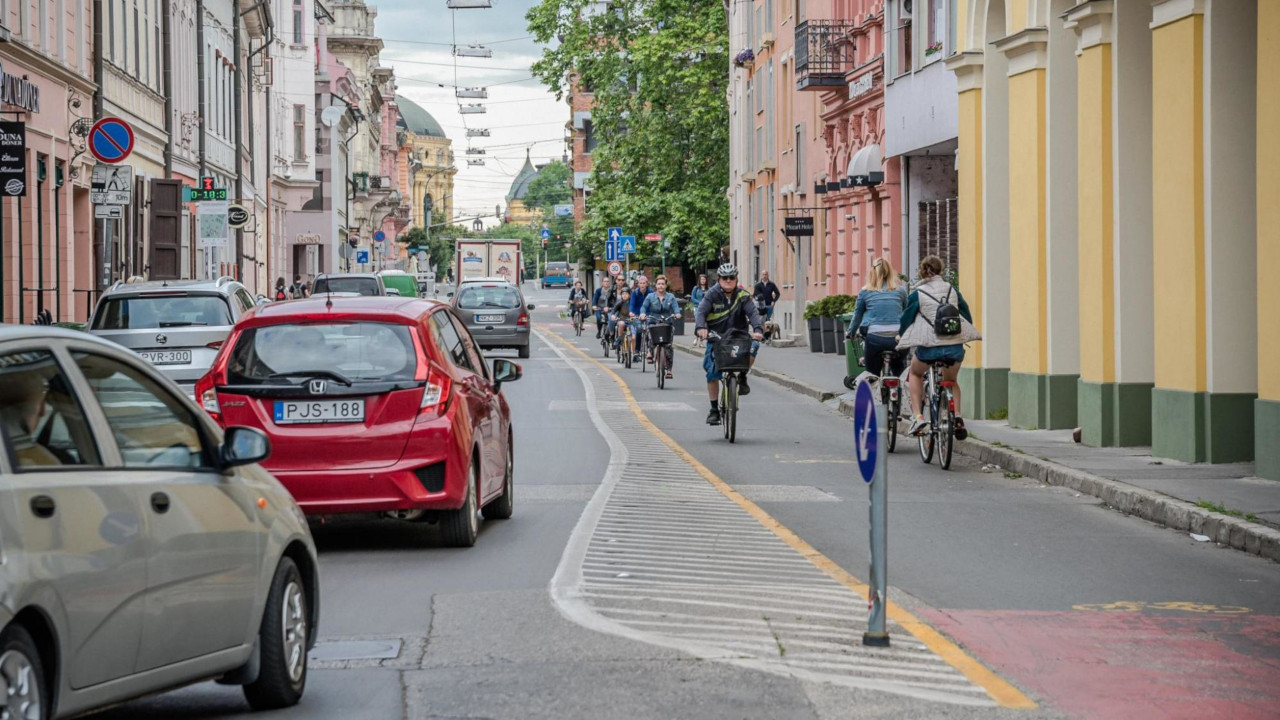
We knew we had to give a detailed and understandable answer to the question: Why did they plan the reconstruction this particular way? Using this approach, we can prevent the formation of several misconceptions.
It was an important aspect to include all the information about the ongoing constructions in our communication, and to have a platform where citizens can read about the most recent changes in traffic due to the construction works. We also provided a platform for questions to connect the citizens with the right official who can help them.
By the end of the work, the main objective of our communication was to inform most citizens about the new traffic order, to make the transition easier, and to prevent accidents.
The whole project has many aspects, and there are many different situations where you would need information about it, and many different groups of people interested in it in a different way. That is why we felt the need to present the project from more perspectives.
We created a site for those who only have a couple minutes to explain the main points of the project, but we also created a detailed explanation for those who want to also understand all the reasons for the changes. We grouped the information by areas and also by different modes of transport: there was a site explaining the changes for cyclists, drivers, passengers of public transportation and pedestrians.
We also published a FAQ site, written by the engineers.
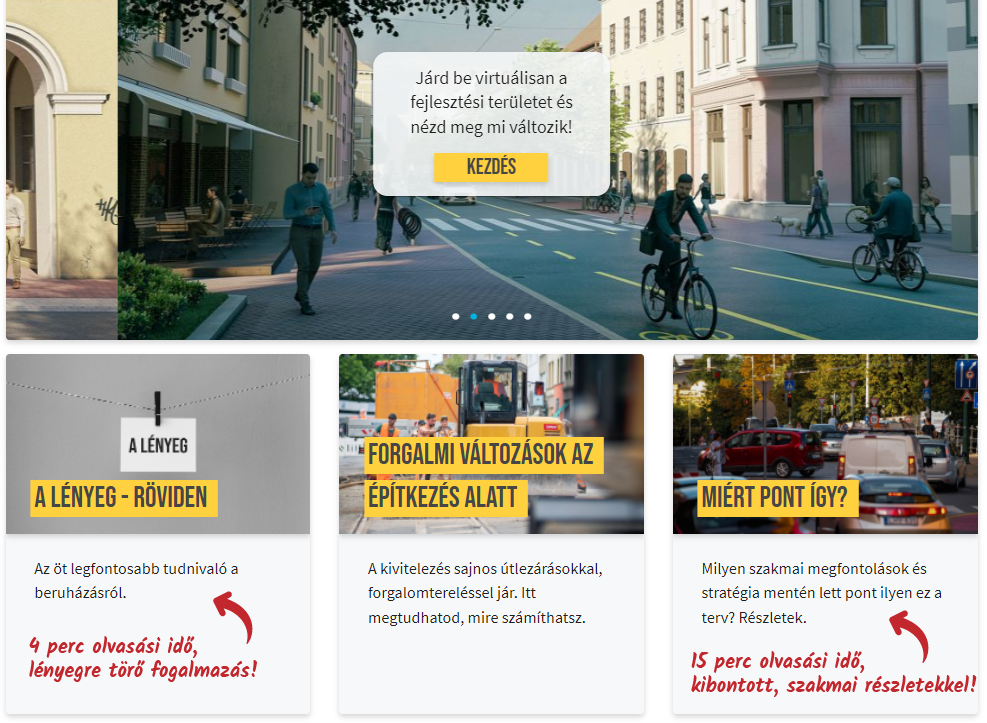
The texts and stories needed strong visuals: we modeled the whole area in 3D, which enabled us to create various high quality images, 360* pictures and even animations in the renewed area. This is quite an expensive tool, but very effective: the pictures could show the expected results in a beautiful and uplifting way, establishing a good atmosphere in the discussion of the project. The strong visual content creates high engagement online, the press can illustrate their articles properly, and we could also use them to make offline tools effective.
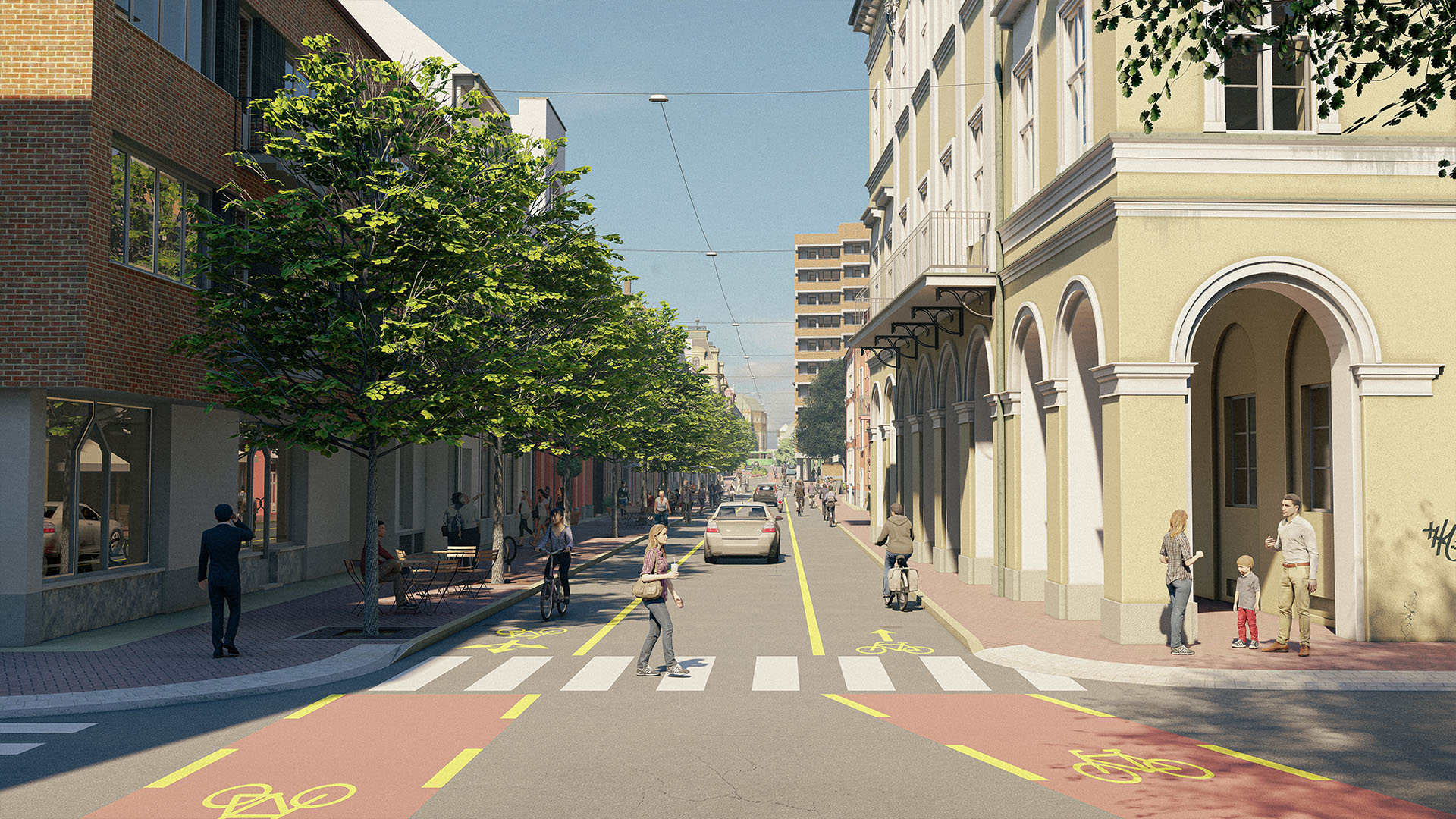
The main part of the website was a virtual tour in the renewed area, based on the 3D environment we created. You can see all the changes and also read about the elements. We could provide information and, at the same time, entertain the user visually, which makes this tool effective. It also makes it easier to explain plenty of things: as you can just place the information right where it belongs, you don’t have to explain the whereabouts.

The website became the core of the campaign: all the visuals, articles and maps were published there.The website was useful for the media: the journalists could find answers to every question they had, which had a positive effect on the articles published about the project. It became useful for the employees of the municipality, as they could also find the information they needed, and also answer citizens using the links of the website.
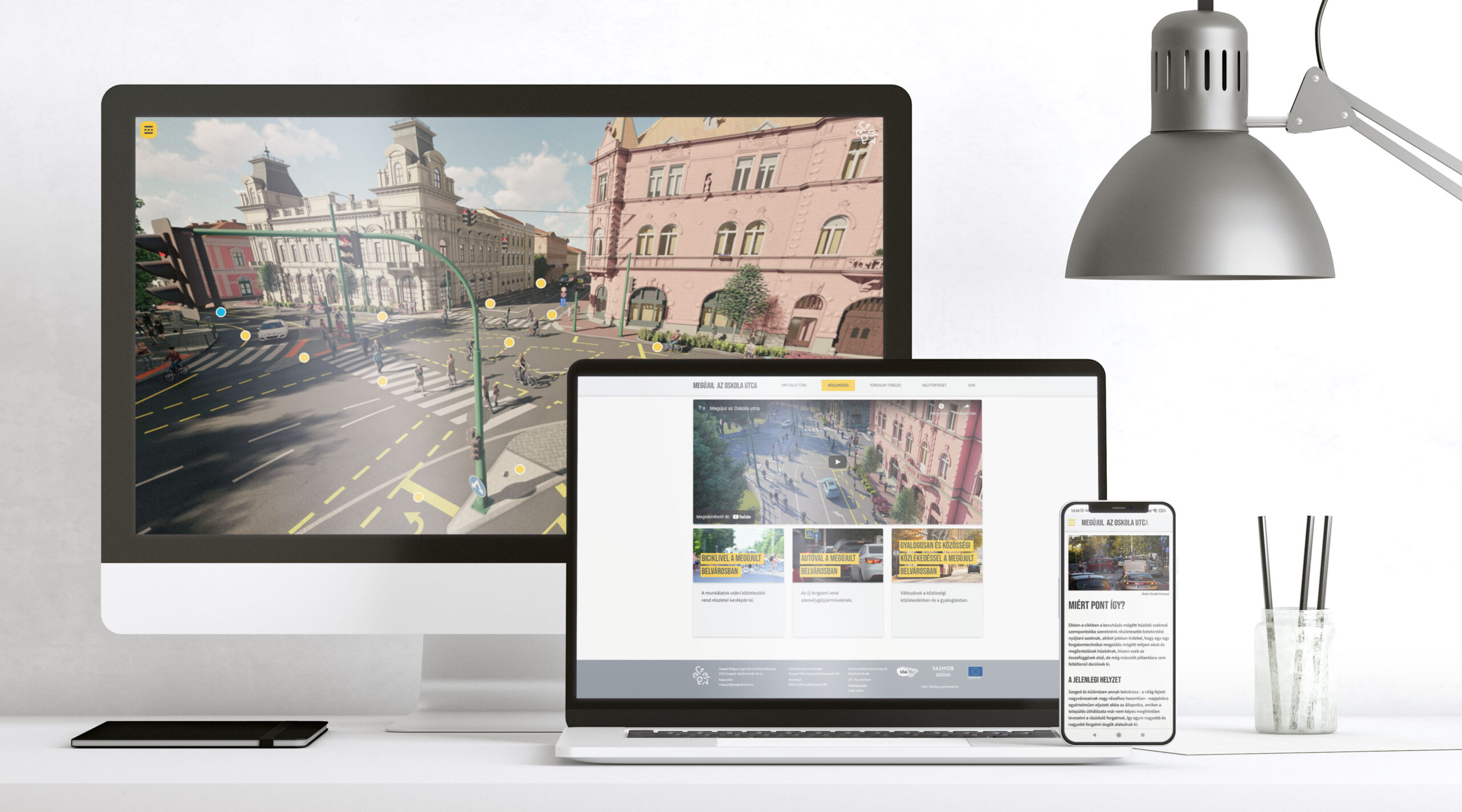
The municipality and the affected companies (parking, waste management etc.) received a brand package from us, so that they could use it in their own communication, making it look professional and unified in terms of colors and fonts.
We kept an eye on the most active social media groups of the city, and answered a lot of comments in the beginning, to react to the emerging misconceptions immediately.
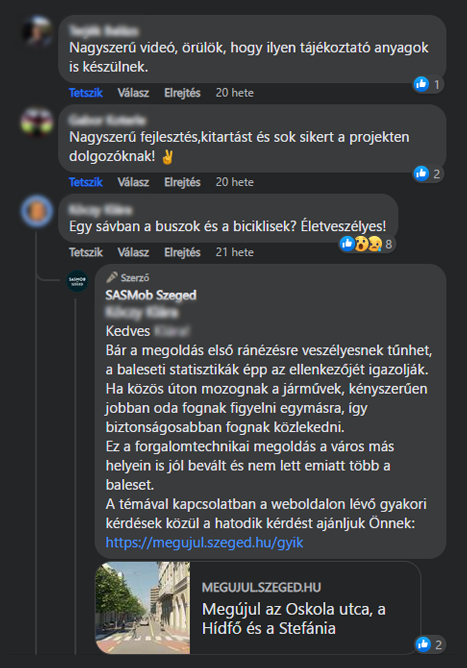
Shortly before the end of the construction, as the city got busier in September, we published the animated video about the project to react to the unpleasant traffic situation caused by the closed road and the increasing traffic. The animation could explain the whole situation very well, starting from the reasons to the most important changes that the citizens had to prepare for. It is also a quite entertaining tool compared to any other types of media.
The important role the renewed street had played in the history of the city opened the door for collaboration with a civilian group called “memories of the city”. We made a “local history” page on the website, which included an article by a historian, another by an art historian, the collection of old pictures, and memories of the citizens connected to the street.
The offline, local communication was an important part of the campaign. Weeks before the construction started, we had placed display boards at the two ends of the street, where the pedestrians could find information about the project, and see an image of the renewed street, from the exact point of view where they were standing. The road is quite busy, so most of the cyclists and pedestrians who use the area became aware of the project. We designed the sign to fit in with the rest of the street furniture in the city, and also to be interchangeable, so that it can be reused in other projects. As there is significant pedestrian and cyclist traffic through the area, the signage gave a good chance of being seen by everyone passing through the area, so that those who are less active online could also be informed.
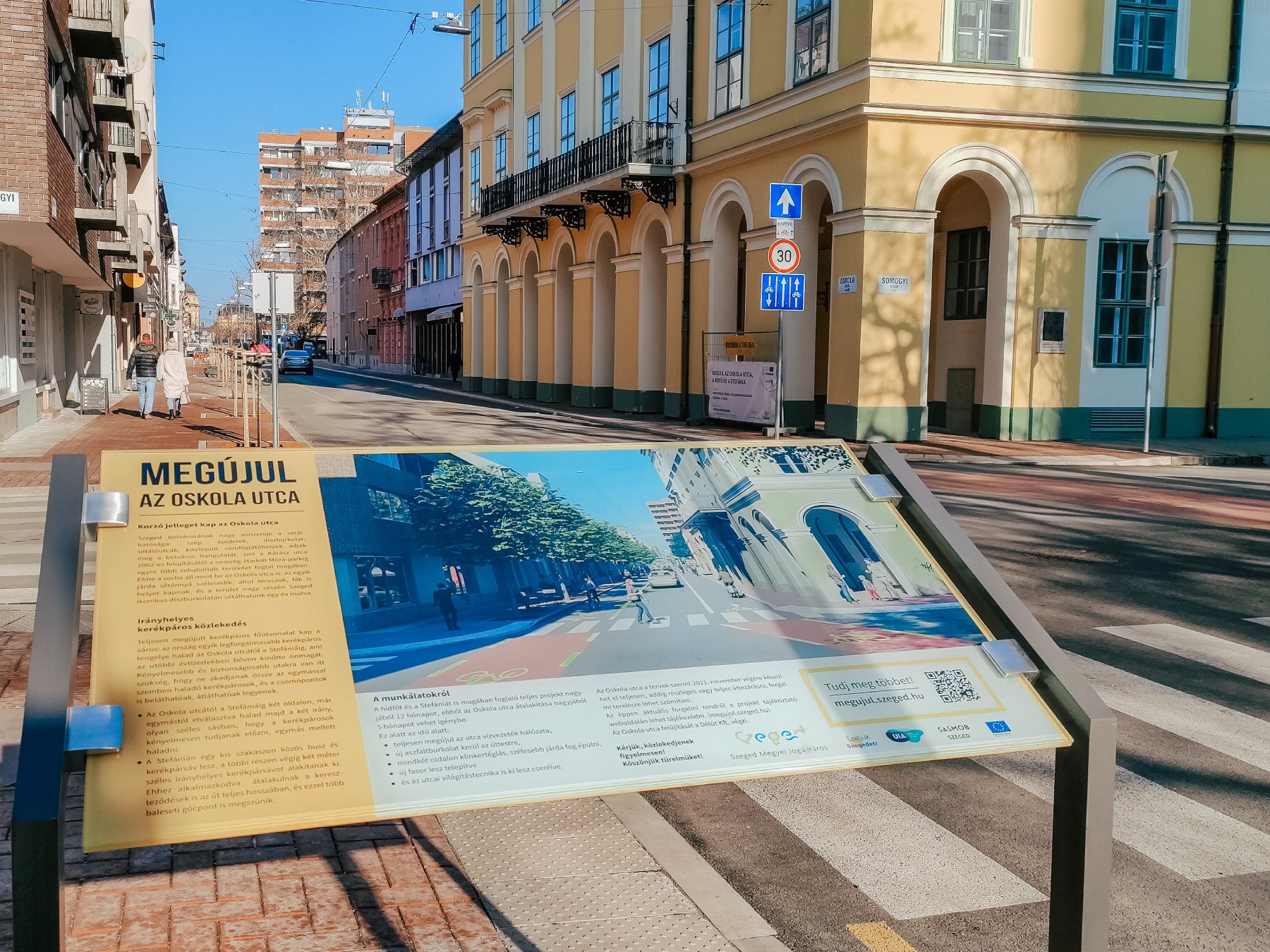
A very simple information tool, which also provided an opportunity to involve artists, was also the painting of pavements, which also directly addressed the users of the area and reached many people at a relatively low cost. As it was specifically implemented on the project site, we could skip the majority of the permitting process – the sections of pavement concerned were later demolished during the works.
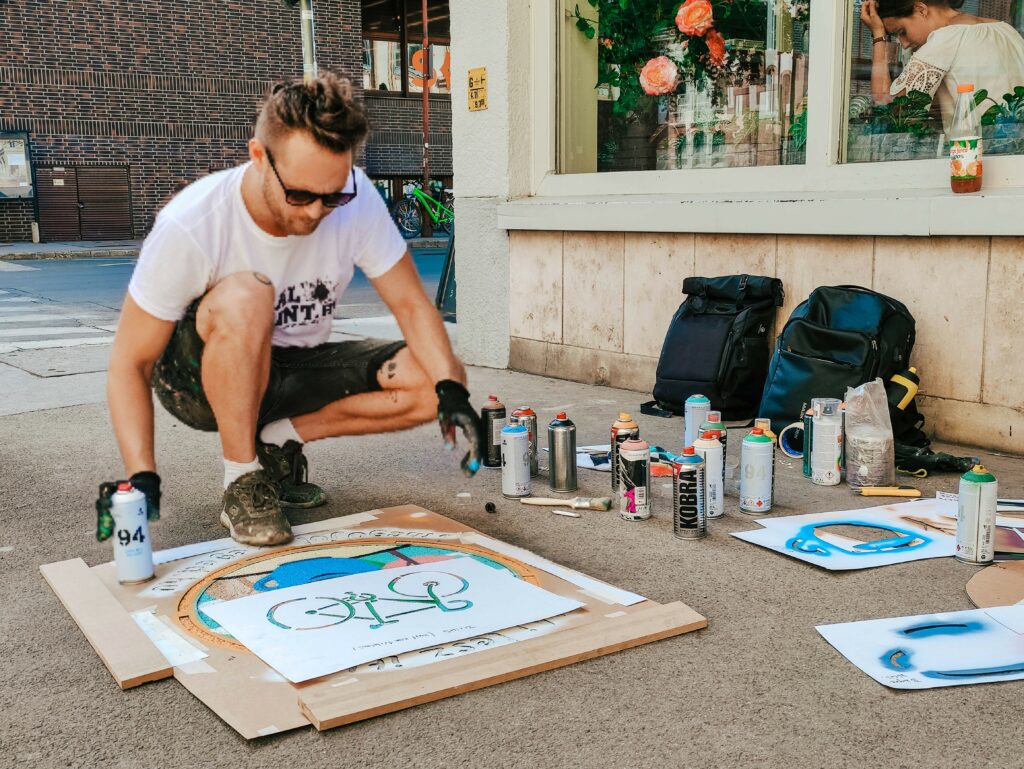
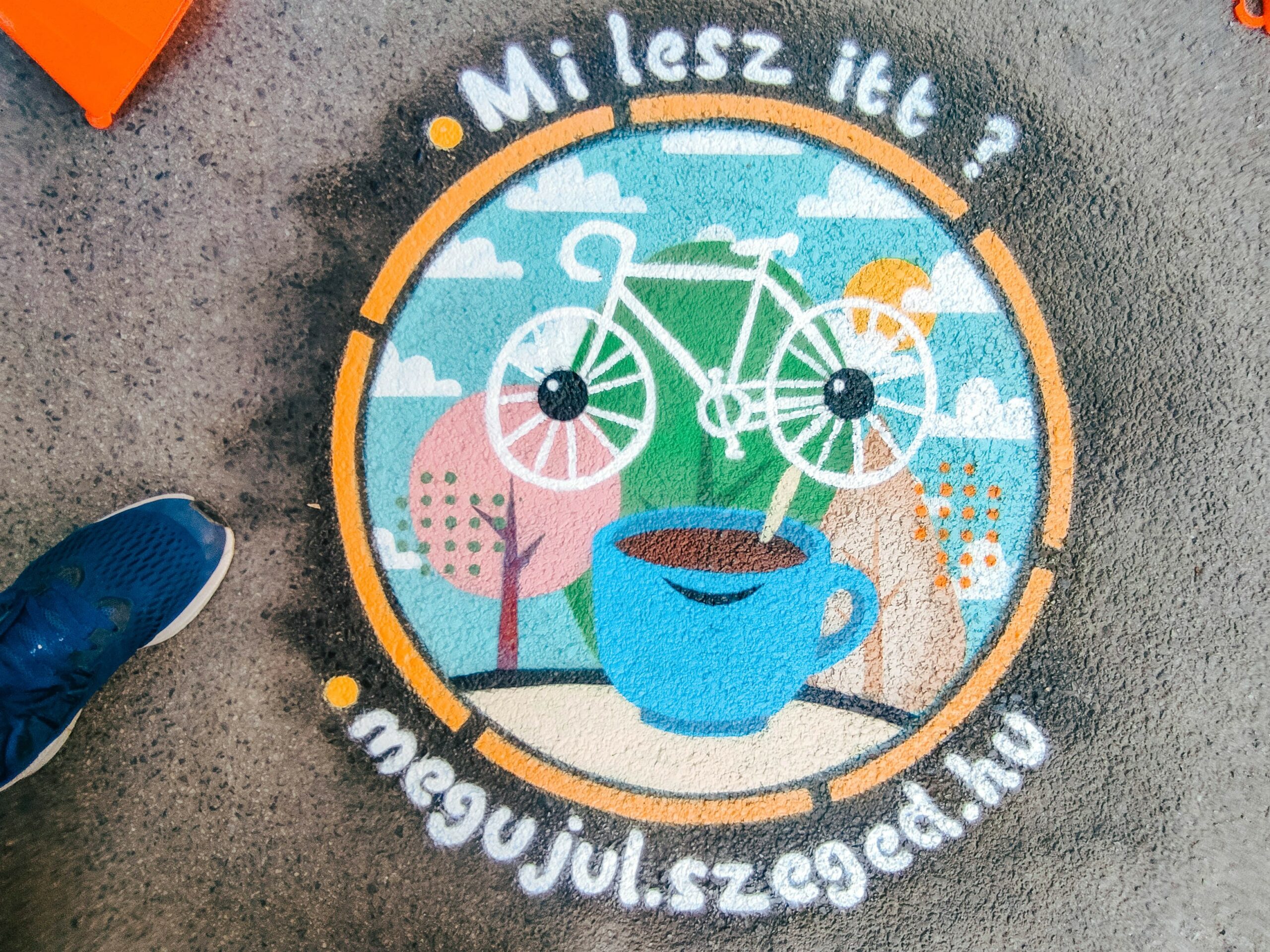
Our campaign was considered very successful by our professional partners and our client, and the quality of the animated content produced in the campaign received positive feedback nation-wide (mainly from public administration and transport professionals).
Our reach rates were quite high for the topic, as was the absence of any significant negative, offensive narratives about the project in the local public sphere. Even the non-independent local media outlets tended to report news about the project positively, recommending the website.

More ideas…

Header

Header

Header


